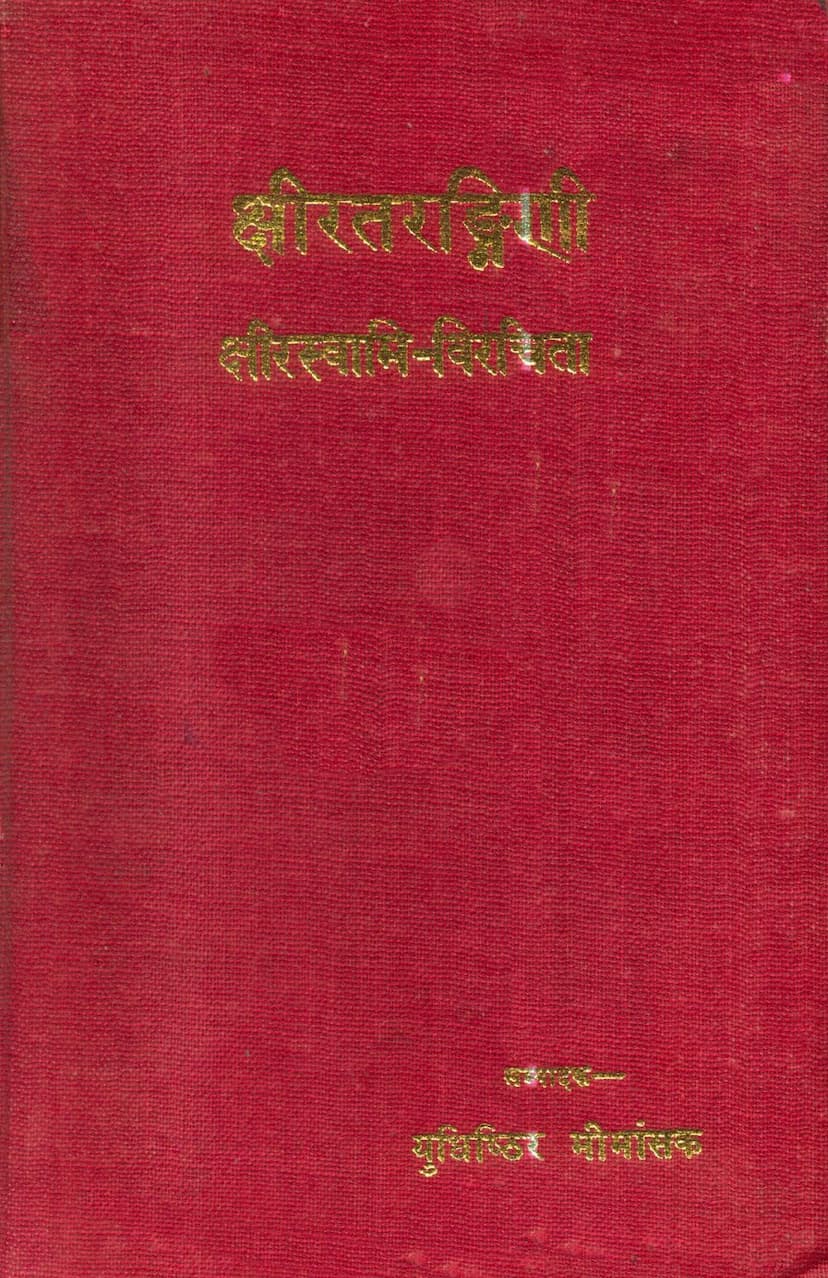Kshir Tarangini
Added to library: September 2, 2025

Summary
This Jain text, titled "Kshir Tarangini" authored by Yudhishthir Mimansak and published by Ramlal Kapur Trust, is a commentary on the Western section of Panini's Dhatupatha. Mimansak highlights that this is the oldest available commentary on the Dhatupatha, first published in 1930 by German scholar Leibich. Mimansak himself dedicated significant effort to editing this work, overcoming health challenges and adverse circumstances to produce a scholarly edition with valuable annotations.
The text is presented as a foundational work for understanding Panini's grammar, emphasizing that no scholar can effectively teach Sanskrit grammar without a thorough knowledge of the Dhatupatha. It traces the lineage of Dhatupatha tradition from earlier scholars like Apishali and Kashakritsna to Panini himself. The work delves into the debate surrounding the Pāṇinīyatva (authorship/association with Pāṇini) of the Dhatupatha, addressing critiques and presenting evidence from Mahābhāṣya and other commentaries to support its Pāṇinīya connection.
A significant portion of the text explores the nature of the semantic definitions (dhātvartha-nirdeśa) within the Dhatupatha, discussing whether they are Pāṇinīya or attributed to later scholars like Bhīmasena. The author argues for the Pāṇinīya origin of these definitions.
Mimansak further elaborates on the dual nature of the Dhatupatha's presentation: the "Laghu Patha" (concise version without semantic definitions) and the "Vriddha Patha" (elaborated version with semantic definitions). He extends this concept to other grammatical works like the Ashtadhyayi, suggesting different recensions existed.
The book meticulously details the "Pāṭhāvyavasthā" (arrangement and order of roots), explaining that the current Dhatupatha is a result of centuries of refinement and has undergone significant disorder, including inversions, omissions, and additions of roots and their meanings. He attributes much of this to interpolation by scholars like Sayana.
The author introduces the concept of "Prokta Kruti" versus "Krita Granth" in Sanskrit literature, arguing that seminal works are often "Prokta" (transmitted or taught by the original master) rather than "Krita" (created from scratch). He applies this to Panini's works, including the Dhatupatha, suggesting Panini was a refiner and systematizer of existing knowledge rather than a sole creator.
The text also discusses the historical context of Dhatupatha commentaries, mentioning figures like Kṣīrasvāmin (author of the Kshir Tarangini), Maitreyarakṣita (author of Dhatuprakasha), and Sayana (author of Madhaviya Dhatuvritti), and attempts to place them chronologically.
The latter part of the book, as indicated by the Table of Contents, systematically lists and analyzes the roots within the Dhatupatha, categorized by the ten grammatical divisions (gaṇas) of Panini's Dhatupatha, starting with the Bvadi gana. Each root is presented with its associated roots and grammatical information.
In essence, "Kshir Tarangini" edited by Yudhishthir Mimansak is a comprehensive scholarly exploration of Panini's Dhatupatha, its history, commentaries, and the intricate details of Sanskrit grammar, aiming to provide a more accurate and scholarly understanding of this foundational text.